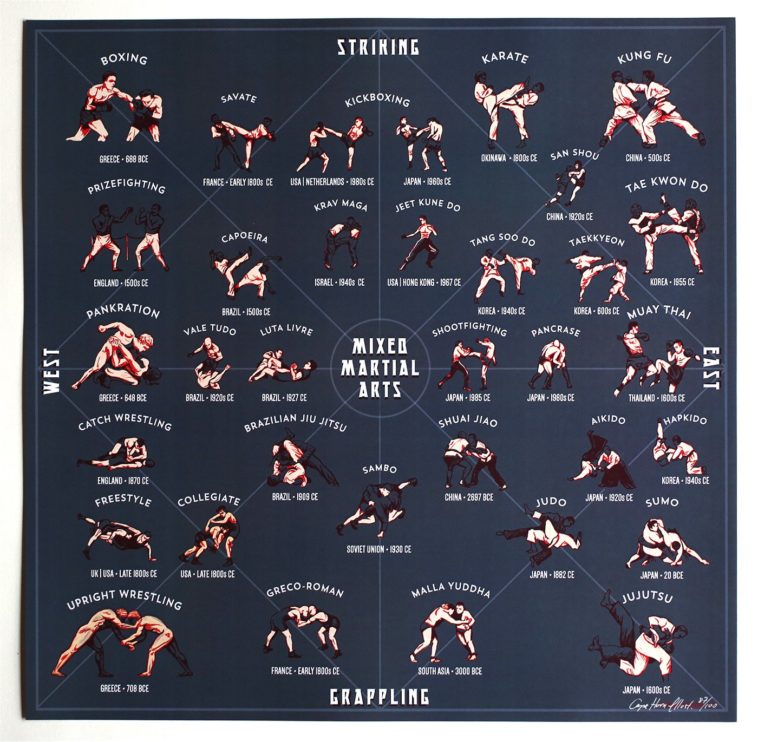The Background And Advancement Of Martial Arts Around The Globe
The Background And Advancement Of Martial Arts Around The Globe
Blog Article
Web Content By-Mortensen Graham
Martial arts have a fascinating background that spans centuries and continents. You may discover it interesting exactly how old methods like Shuai Jiao and Kalaripayattu laid the groundwork for modern-day fight strategies. These self-controls not only emphasize physical skills but additionally mirror the cultures that birthed them. As you discover their evolution, consider exactly how globalization has changed these typical kinds right into hybrid styles. What influences do you believe have shaped today's martial arts landscape?
Ancient Martial arts: The Structures of Combat
As you delve into the world of ancient martial arts, you'll find the abundant structures that shaped combat methods throughout cultures. Very early methods concentrated on Self-Defense and survival, frequently including strikes, grappling, and weaponry.
In old China, for example, techniques like Shuai Jiao emphasized tosses and joint locks, while India's Kalaripayattu showcased dexterity and liquid activity. Japanese samurai developed Kenjutsu, a polished swordsmanship that highlighted technique and approach.
These martial arts served not just for fight but likewise as a way of personal advancement, instilling worths like regard and willpower. The blending of these strategies gradually laid the groundwork for the diverse martial arts you see today, each mirroring the unique viewpoints and requirements of its society.
The Cultural Influence on Martial Arts Development
While martial arts commonly show the useful needs of a culture, they also personify the cultural worths and ideas of their beginnings. When you explore different martial arts, you'll observe exactly how they're affected by faith, ideology, and social standards.
As an example, the emphasis on regard and technique in Japanese martial arts comes from Zen Buddhism and samurai society. In contrast, Brazilian Jiu-Jitsu promotes flexibility and approach, formed by the need for efficiency in a diverse, multicultural atmosphere.
You could locate that the routines, uniforms, and training methods reflect a community's background and identification. By comprehending these cultural impacts, you deepen your admiration of martial arts and their function in shaping human experiences across the globe.
Modern Adaptations and the Globalization of Martial arts
Martial arts have changed substantially in recent years, adapting to modern society and global impacts. You'll notice that standard forms have combined with modern-day methods, creating hybrid styles like MMA. These adjustments cater to diverse target markets, making martial arts easily accessible and attractive globally.
With the increase of social media sites and electronic systems, you can locate tutorials and competitors from all edges of the globe, breaking geographical barriers. This globalization has brought about a common gratitude for various self-controls, from Brazilian Jiu-Jitsu to Taekwondo.
As you involve with these arts, you'll realize they're not nearly battle; they promote physical fitness, technique, and psychological health.
Ultimately, modern adjustments have improved the martial arts landscape, making it a vibrant and evolving technique.
Conclusion
In discovering the background and advancement of martial arts, you reveal an interesting mix of strategies, societies, and ideologies. From best self defense martial art like Shuai Jiao and Kalaripayattu to the contemporary versatility seen in mixed martial arts, martial arts show humankind's pursuit for Self-Defense and personal growth. As you engage with these practices, you not just gain skills but also a much deeper appreciation for the diverse customs that shape our globe today. So, continue visit the next post and accept the art of combat!
